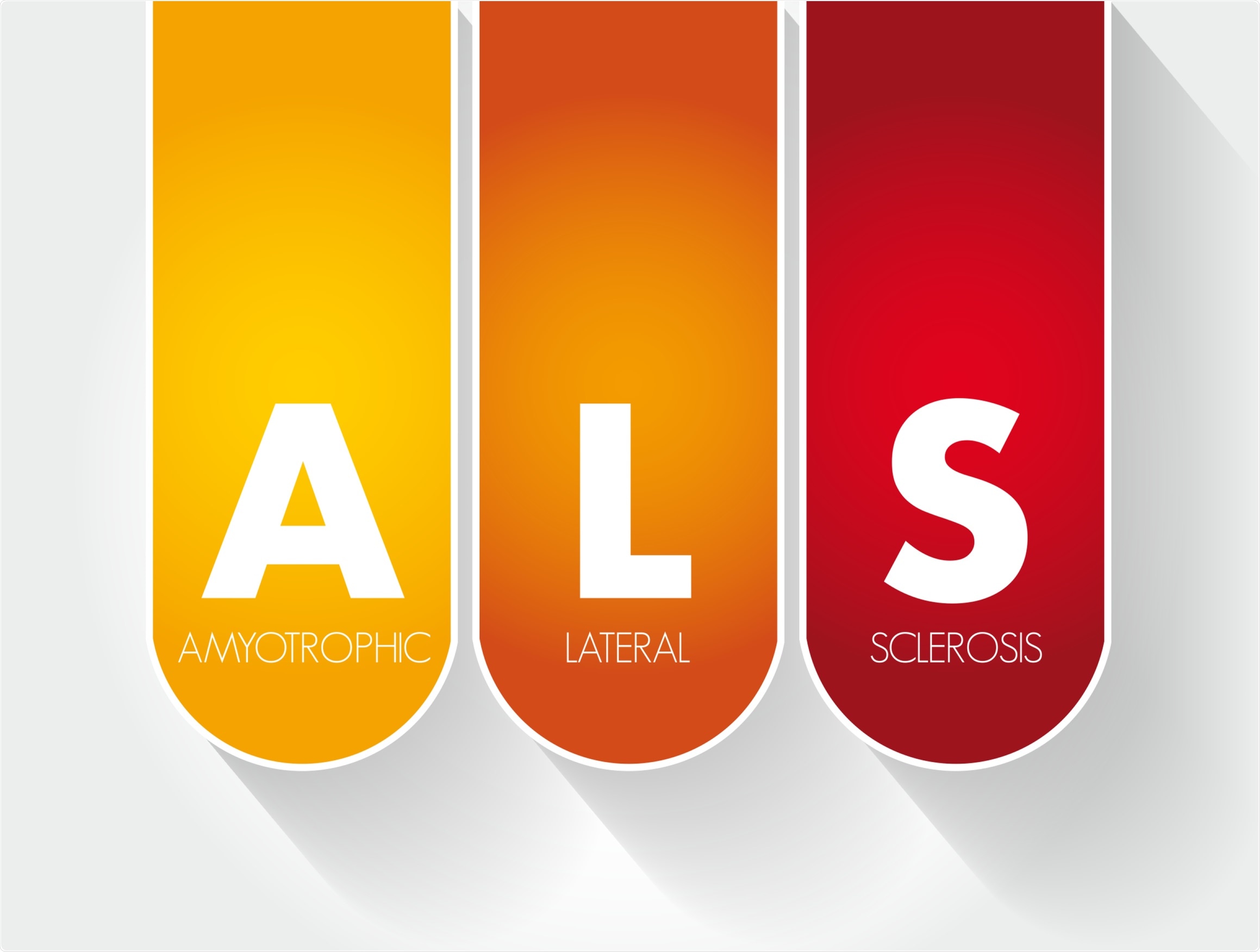A research team from the Francis Crick Institute and the University College London (UCL) has discovered the trigger of a crucial cellular change in amyotrophic lateral sclerosis (ALS)—a form of motor neuron disease. The results may help design novel therapies for multiple neurological disorders with the same change, including Alzheimer’s and Parkinson’s diseases.

ALS. Image Credit: dizain/Shutterstock.com
When the nervous system is infected, diseased, or impaired, the star-shaped cells, known as astrocytes, experience “reactive” behavioral changes. While some of these reactive astrocytes turn out to be protective, others become dangerous and destroy the surrounding motor neurons.
Reactive astrocytes are seen in multiple neurodegenerative disorders, such as ALS, but there is a dearth of understanding about what makes astrocytes undergo this transition.
In a study recently published in the Nucleic Acids Research journal on March 4th, 2021, the team compared ALS-diseased astrocytes with healthy astrocytes to demonstrate how the diseased cells turn out to be reactive. Such cells were cultured from human-induced pluripotent stem cells—master stem cells—that can be guided to differentiate any cell in the human body.
The researchers observed that the key to astrocyte changes in the diseased cells is the increased removal of introns (non-coding sections of genetic data) from RNAs in a process known as splicing. The researchers discovered that there are certain RNAs in healthy astrocytes that usually retain some introns, but these specific introns are spliced out in diseased cells.
This has significant consequences on cellular activity because when these introns are spliced out from RNA, the residual exons (coding parts of genetic data) are utilized as a protein-building recipe, and a few of these proteins play a key role in the modifications of the astrocytes.
Understanding how astrocytes undergo this transformation is a really exciting step forward. It brings us closer to potentially being able to control and prevent astrocytes from becoming harmfully reactive.”
Rickie Patani, Study Senior Author and Group Leader, Francis Crick Institute
Patani is also a professor from the Queen Square Institute of Neurology at UCL and a consultant neurologist at the National Hospital for Neurology and Neurosurgery.
While there’s still a long way to go, we're hopeful that developing such a treatment is possible and that it could even potentially be used across all neurological conditions in which an increase in reactive astrocytes is also documented, including Parkinson’s and Alzheimer’s.”
Rickie Patani, Study Senior Author and Group Leader, Francis Crick Institute
ALS is also a rapidly progressing degenerative disorder. Patients generally experience a loss of speech, mobility, and, ultimately the ability to breathe, and a majority of the patients only survive three to five years following diagnosis. At present, there are no therapies that will meaningfully change the prognosis.
However, understanding the crucial cellular changes linked to ALS may help design novel treatments to delay the disease progression.
Our group have previously shown that splicing is decreased in ALS motor neurons, so when we found the opposite in ALS astrocytes we were intrigued. In fact, increased splicing is what we find in other immune cells when they become activated or angry. This raises the possibility that ALS astrocytes inflict a toxic immune insult on the nervous system and opens new therapeutic avenues for treating ALS.”
Oliver Ziff, Study Lead Author and Clinical Fellow, Francis Crick Institute, Queen Square, University College London
Ziff is also a neurology registrar at the National Hospital for Neurology and Neurosurgery.
The research team will continue this study to better understand the molecular pathways involved when astrocytes become reactive, with the aim of creating an intervention that could be employed by physicians to delay the progression of the disease.
Source:
Journal reference:
Ziff, O. J., et al. (2021) Reactive astrocytes in ALS display diminished intron retention. Nucleic Acids Research. doi.org/10.1093/nar/gkab115.